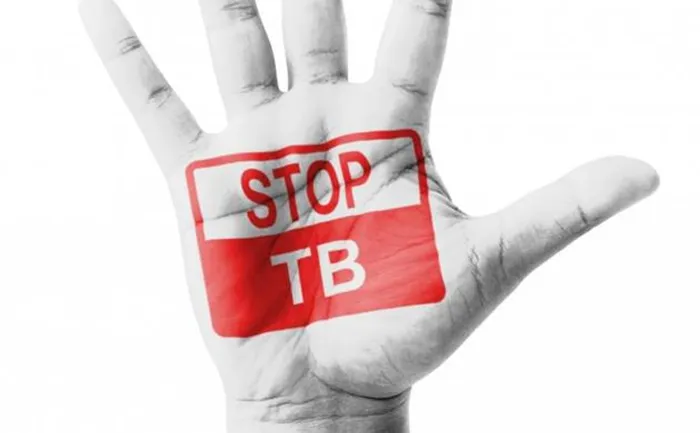Addressing the dual epidemics of TB and HIV through integrated healthcare

Dr Lindiwe Mvusi discussed the importance of integrating TB and HIV services at the ART Provision Consultative Workshop, saying a multi-sectoral approach is essential for reducing the burden of TB and HIV in South Africa.
Image: File
South Africa needs to adopt a multi-sectoral approach to combat the dual epidemics of tuberculosis (TB) and HIV, moving beyond healthcare facilities to integrate services at community and educational levels.
National Department of Health TB Control and Management director, Dr Lindiwe Mvusi, said this at the 20-year commemoration of the ART Provision Consultative Workshop, held in Kempton Park, Gauteng.
Mvusi said HIV is TB’s main driver.
“What we have seen over the years around ART (antiretroviral therapy) coverage is that the TB incidence has actually come down, especially amongst people living with HIV. Now, this is encouraging for us in that we are reducing the burden of disease in the country, and it has been acknowledged by the WHO that from 2015, we’ve attained a 58% reduction in the TB incidence,” Mvusi said.
However, Mvusi said the country still has a high TB burden among HIV patients and this has also led to high TB mortality among this group of patients.
“There are a number of reasons that actually contribute to this. One being that most HIV patients are seen in separate units, and the services that are provided within the clinics are not integrated,” Mvusi said.
She said that a person who needs to be tested and evaluated for TB might be missed if they are looked at from that perspective.
“From the TB side, we find that most of the people that we start on TB treatment, about a third of those do not know their HIV status. And they go on and complete the six months of treatment without having been tested for HIV,” explained Mvusi.
She said there are several challenges related to this, including barriers to accessing the services within their facilities. Some are offered HIV testing, but then do not end up going to lay counsellors for testing. Others are not really interested in HIV testing, while some may know their status but do not want to disclose it.
“So as we move forward, we need to look at how we integrate the services within our primary health care facilities, but also look at social support and ensuring that we address the social economic issues that in addition also provide psychological support,” explained Mvusi.
“I think from our side, what we’re promoting here is that we need to start integrating services, not just looking at health facilities, but even at the community level and the education or treatment literacy, at the community level, so that we have a multi-sectoral approach to dealing with TB and HIV in the country.”
Earlier this year, Health Minister Dr Aaron Motsoaledi initiated the “Close the Gap” campaign. This new HIV treatment initiative aims to enroll an additional 1.1 million people living with HIV, who are currently not receiving treatment, by December this year.
thobeka.ngema@inl.co.za